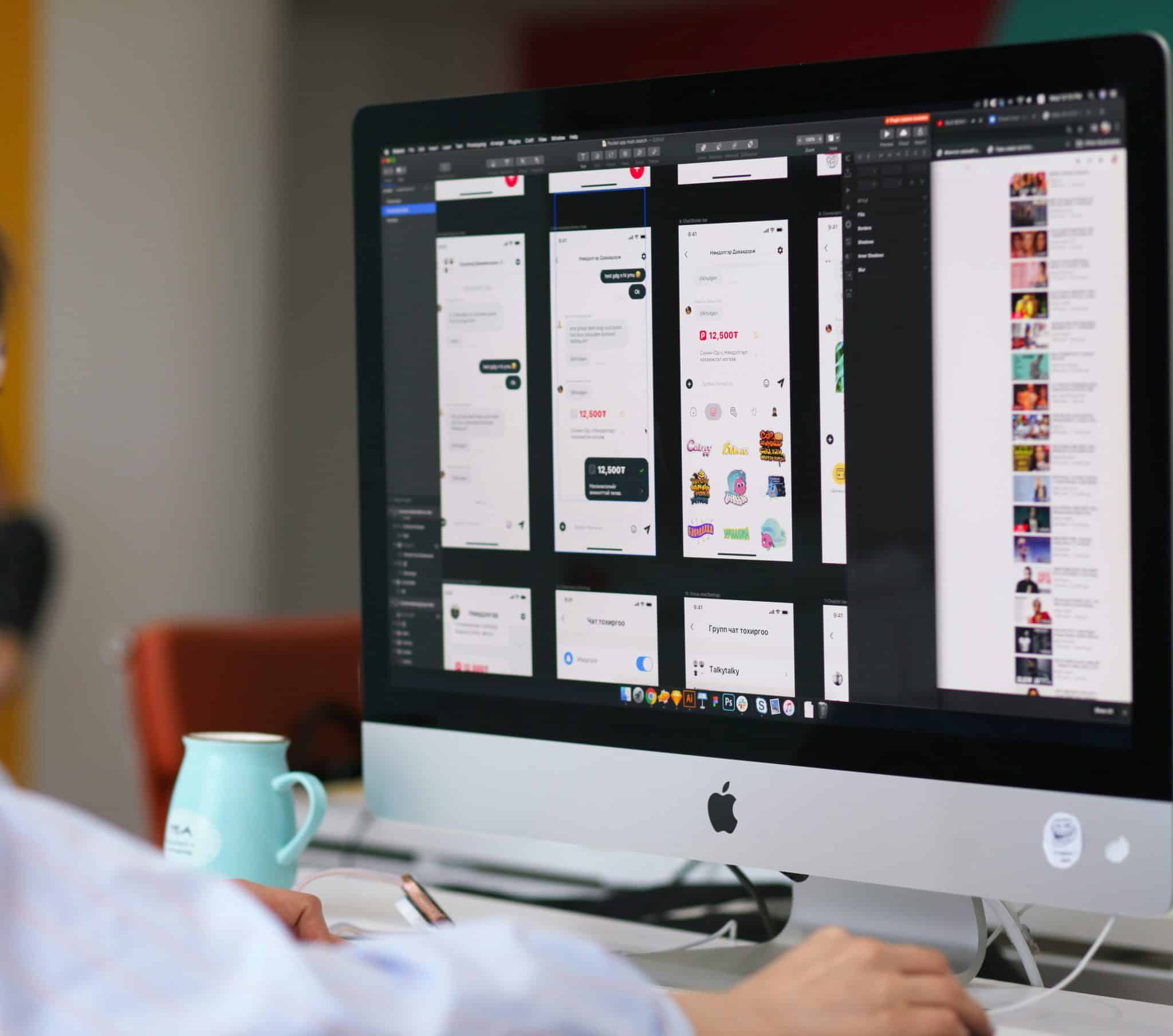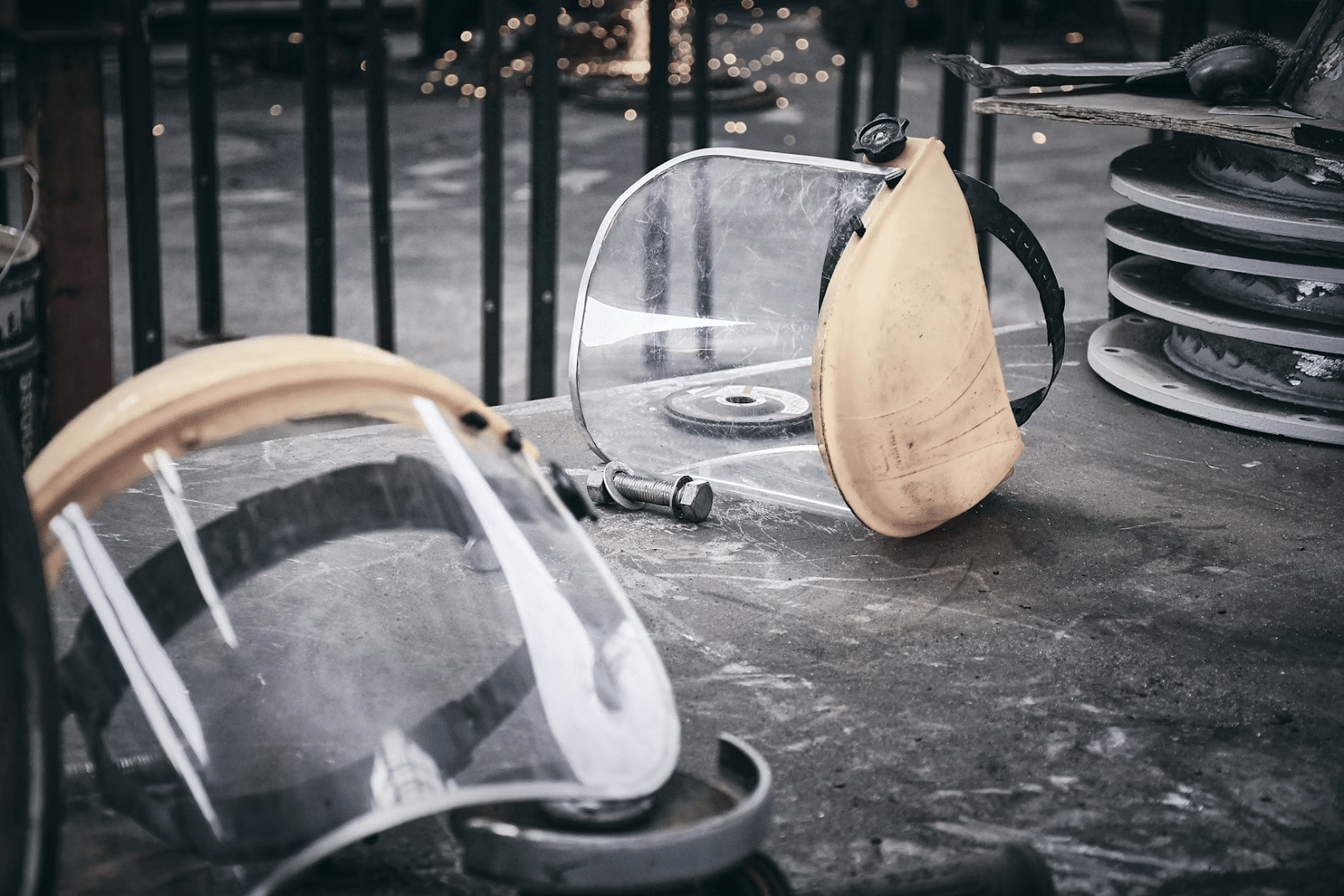How to Choose the Best Wayfinding Designer in Los Angeles

Whether you’re designing a hospital, university, retail complex, or corporate office in Los Angeles, effective wayfinding is essential. It helps people navigate spaces confidently, reduces confusion, and elevates the overall user experience. But good wayfinding doesn’t happen by accident it takes a skilled designer with a deep understanding of spatial communication, accessibility, and design psychology. So, how do you choose the best wayfinding designer la? Let’s break it down.
1. Look for Local Experience and Portfolio
Los Angeles is a diverse city with complex public spaces and strict signage regulations. A designer familiar with the local landscape will understand how to work within city guidelines, ADA compliance, and architectural nuances common in LA buildings.
When researching, ask to see examples of past projects in LA or similar environments. Have they worked with hospitals, malls, transit hubs, or campuses? Do their designs feel intuitive and aesthetically aligned with the space?
2. Understand Their Process
A good wayfinding designer la won’t just jump into designing signs. They’ll start by analyzing your space, understanding traffic patterns, entry/exit points, and visitor behaviors.
Ask about their workflow. Do they offer a full service — from site analysis to concept design, testing, implementation, and post-installation review? The best designers collaborate with architects, interior designers, and branding teams to create seamless navigation experiences.
3. Check for ADA Compliance Expertise
Accessibility is a legal requirement and a moral imperative. In LA, strict ADA (Americans with Disabilities Act) regulations apply to all public buildings. The best wayfinding designers are deeply familiar with ADA guidelines related to typography size, tactile signage, placement, and contrast.
Don’t just assume they know the rules; ask how they ensure every sign complies with federal and California state requirements. This protects your project from costly redesigns or legal challenges later.
4. Evaluate Their Design Thinking
Wayfinding is more than putting up directional signs; it’s about shaping how people feel and move within a space. The best designers understand this.
Look for someone who balances logic and creativity. Can they guide a hospital visitor from the parking lot to the ICU with minimal stress? Can they help a shopper find a specific store without frustration? Their work should show empathy and clarity.
5. Ask About Customization and Branding
Your signage system should feel like a natural extension of your brand, not an afterthought. Whether it’s a university or a tech headquarters, your wayfinding system should reflect your visual identity.
Choose a designer who can customize colors, icons, typography, and materials to match your brand guidelines while ensuring legibility and consistency. Ask if they’ve integrated branding into signage for other clients.
6. Read Reviews and Get References
Word of mouth still matters. Search online for reviews or testimonials. Look at Google, Houzz, Clutch, or even LinkedIn recommendations.
Even better, ask the designer for references. A quick call to a past client can give you insights into their communication style, ability to meet deadlines, and how they handle challenges during the project.
7. Prioritize Communication and Collaboration
Wayfinding projects often involve multiple stakeholders, including facilities teams, architects, marketers, legal teams, and more. Your designer should be comfortable working within cross-functional teams, receiving feedback, and presenting concepts clearly.
A responsive, proactive communicator makes the entire project smoother, especially in a fast-paced city like LA, where delays can be costly.
Final Words
Choosing the right wayfinding designer in Los Angeles is not just about finding someone who can create attractive signs. It’s about hiring a professional who understands the psychology of movement, compliance laws, branding, and the unique dynamics of your space.
Take the time to review portfolios, ask smart questions, and select a partner who shares your vision. With the right expert by your side, your space will not only look better it will work better.










